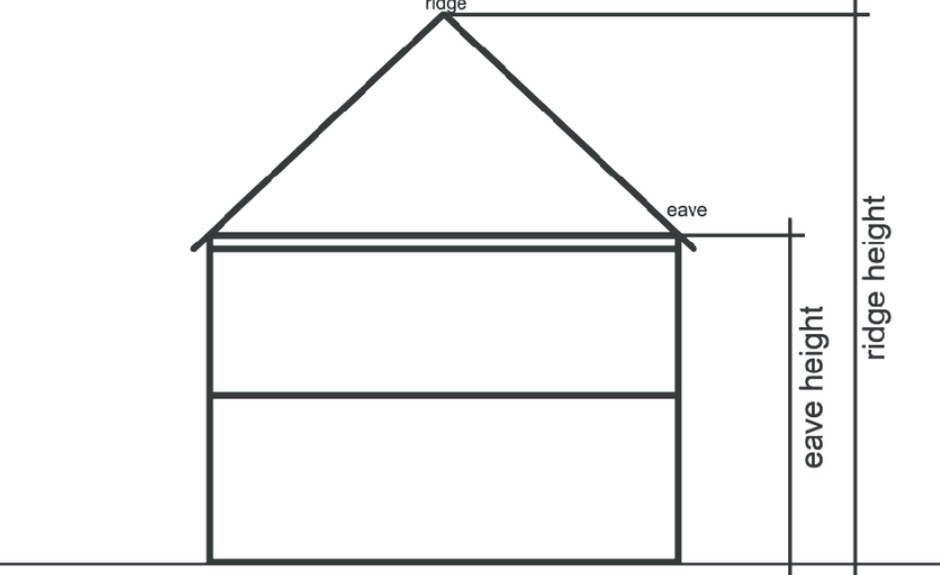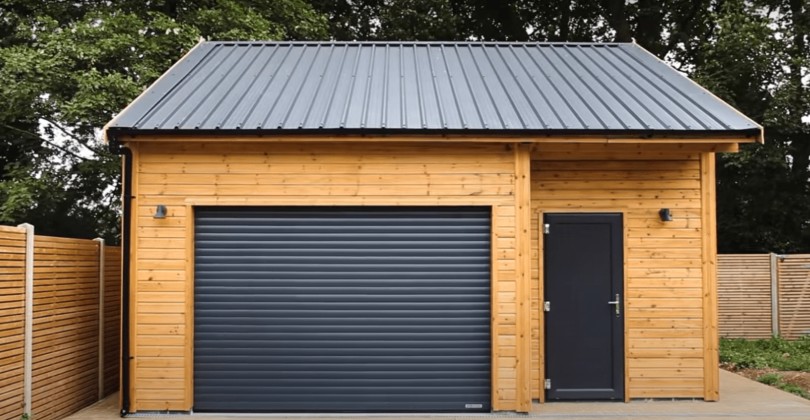In 2025, as property prices continue to rise and more homeowners look to maximise the space on their property, the construction of garages without planning permission remains a popular choice. Understanding the rules that govern such projects is essential to avoid unnecessary planning applications, costly delays, and potential fines. With the proper knowledge, you can create the ideal garage space within the legal limits, saving both time and money. This article will provide a comprehensive guide on how big can a garage be without planning permission UK, highlighting key regulations, frequently asked questions, and best practices for a smooth construction process.
How Big Can a Garage Be Without Planning Permission UK?
When it comes to adding a garage to your property, one of the first questions you might ask is, “How big can a garage be without planning permission in the UK?” The answer depends on several factors, including the location of the garage, its size, and how it fits into the surrounding environment. Let’s delve into the key guidelines that will help you understand how big your garage can be and still stay within the bounds of permitted development.
Location and Placement

The first and perhaps most significant rule is where you place the garage on your property. Under Permitted Development Rights (PDR), these rights allow homeowners to build certain structures, like garages, without the need for formal planning permission. However, the garage must not be built in front of the principal elevation of the house. This is the main facade of your home (usually the front-facing side). This ensures that the new structure doesn’t affect the street’s visual appeal.
Maximum Height Limits
The next important restriction is the height of the garage. Permitted development sets strict height limits to ensure garages are in proportion with the surrounding buildings:
- Dual-pitched roof: If the garage has a dual-pitched roof (a typical design), the maximum permissible height is 4 metres.
- Other roof types: For garages with flat or mono-pitched roofs, the maximum height reduces to 3 metres.
- Boundary limits: If your garage is within 2 metres of the boundary with your neighbour’s land, the height must be no more than 2.5 metres to avoid overshadowing or privacy issues.
Eaves Height

The eaves height, which measures the gap from the ground to the bottom of the roof’s overhang, is a crucial factor to take into account. If you’re building a garage without planning permission, the eaves must not exceed 2.5 metres. This ensures that the structure does not cause unwanted shading or loss of light for neighbouring properties.
Coverage Restrictions
Another key limitation is how much of your land can be covered by the garage and other outbuildings. The total area occupied by the garage and other outbuildings must be no more than 50% of the overall land area surrounding the original house. This regulation helps to maintain a balance between built structures and green space, keeping your property from being overdeveloped.
Intended Use of the Garage
The garage must be used exclusively for domestic purposes. This includes parking vehicles, storing household items, or using it as a small workshop. However, using the garage for any business purposes (such as running a business or having customers visit) will require a full planning application. Always ensure your intended use complies with the regulations to avoid unnecessary complications.
Special Considerations for Designated Land

For properties located in designated areas, such as National Parks, Areas of Outstanding Natural Beauty (AONB), or Conservation Areas, the rules can be stricter. Even small changes or extensions may require planning permission. If your property is in one of these areas, you should consult your local planning authority to ensure your garage construction complies with the additional regulations.
Garage Size Limits Summary
Here’s a quick reference table summarising the key rules on garage size without planning permission in the UK. This will help you visualise the limits and ensure that your garage is built within legal parameters.
| Feature | Permitted Development Limitations |
| Location | Not in front of the principal elevation |
| Maximum Height | 4m (dual-pitched roof), 3m (other roofs) |
| Height Near Boundary | 2.5m if within 2m of the boundary |
| Eaves Height | Maximum of 2.5m |
| Land Coverage | Not exceeding 50% of the land around the original house. |
| Usage | Domestic purposes only |
| Special Areas | Additional restrictions in designated areas |
Conclusion
Understanding how big a garage can be without planning permission in the UK is essential for anyone considering building or expanding their garage space in 2025. Following the rules outlined under Permitted Development Rights can save homeowners from unnecessary paperwork and costs. However, you must pay attention to size restrictions, height limits, location, and intended use to ensure your garage construction falls within the legal framework.
If in doubt, it’s always a good idea to consult your local planning authority to ensure your project is compliant. By doing so, you can avoid potential fines or delays and ensure that your new garage is both functional and legally sound.
Frequently Asked Questions
Can I build a garage in my front garden without planning permission?
No, garages cannot be built in front of the principal elevation of the house.
Does the 50% land coverage rule include other buildings or outbuildings?
Yes, the 50% land coverage rule includes the combined area of the garage and any other outbuildings. If you have other structures like a shed, conservatory, or greenhouse, their combined area should not exceed 50% of the land around the original house.
Are there different rules for attached garages?
Yes, attached garages are subject to different rules than standalone ones. When a garage is attached to the house, it is usually considered an extension. This might lead to more stringent rules on size, height, and materials, and it is advisable to check with your local authority before proceeding.
Can I build a larger garage if I apply for planning permission?
Yes, if you need a garage that exceeds the permitted limits, you can apply for full planning permission. The planning authority will review your proposal, taking into account factors such as design, impact on neighbours, and the surrounding environment. If approved, you can build a larger structure than what is allowed under permitted development.






